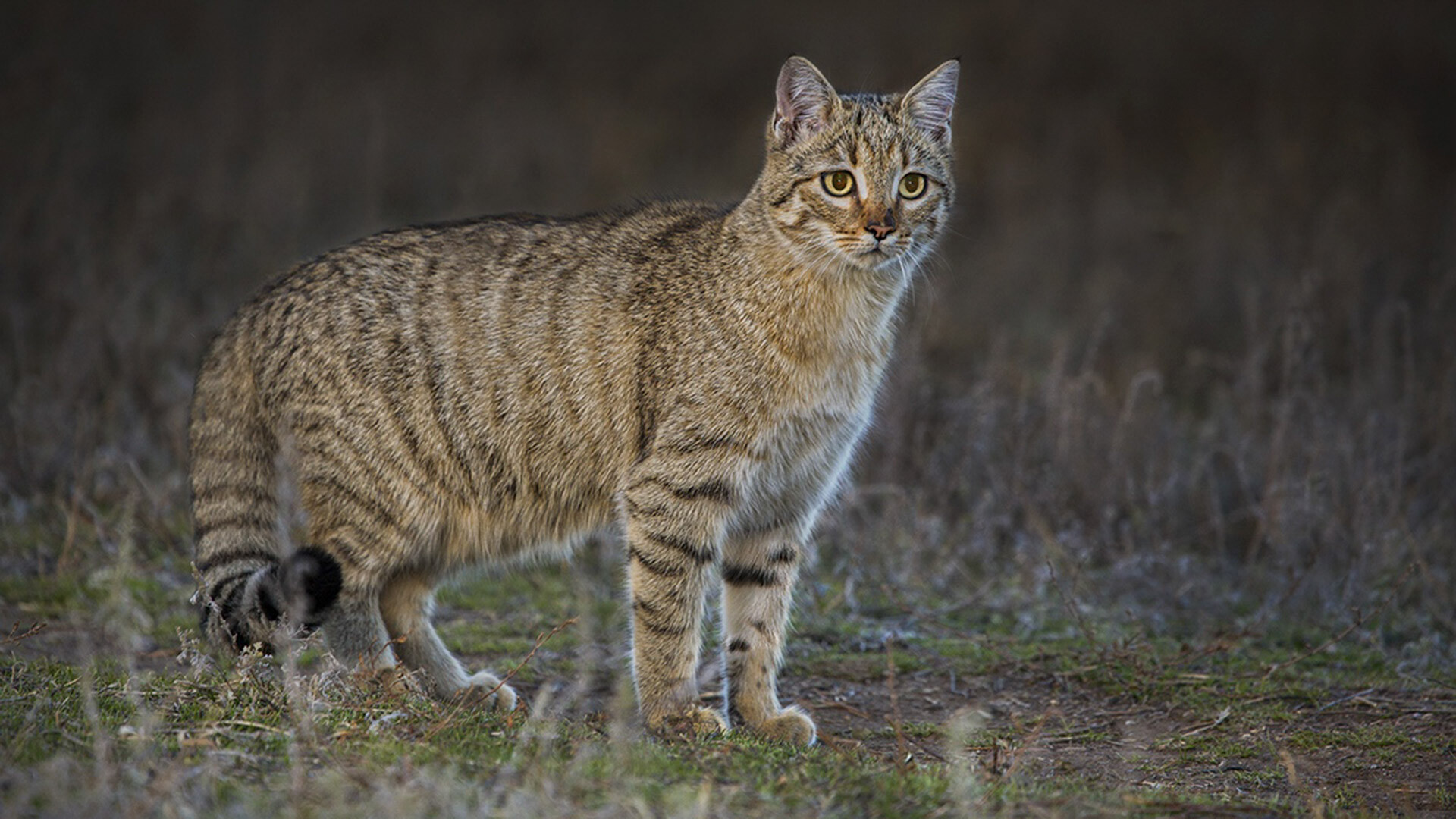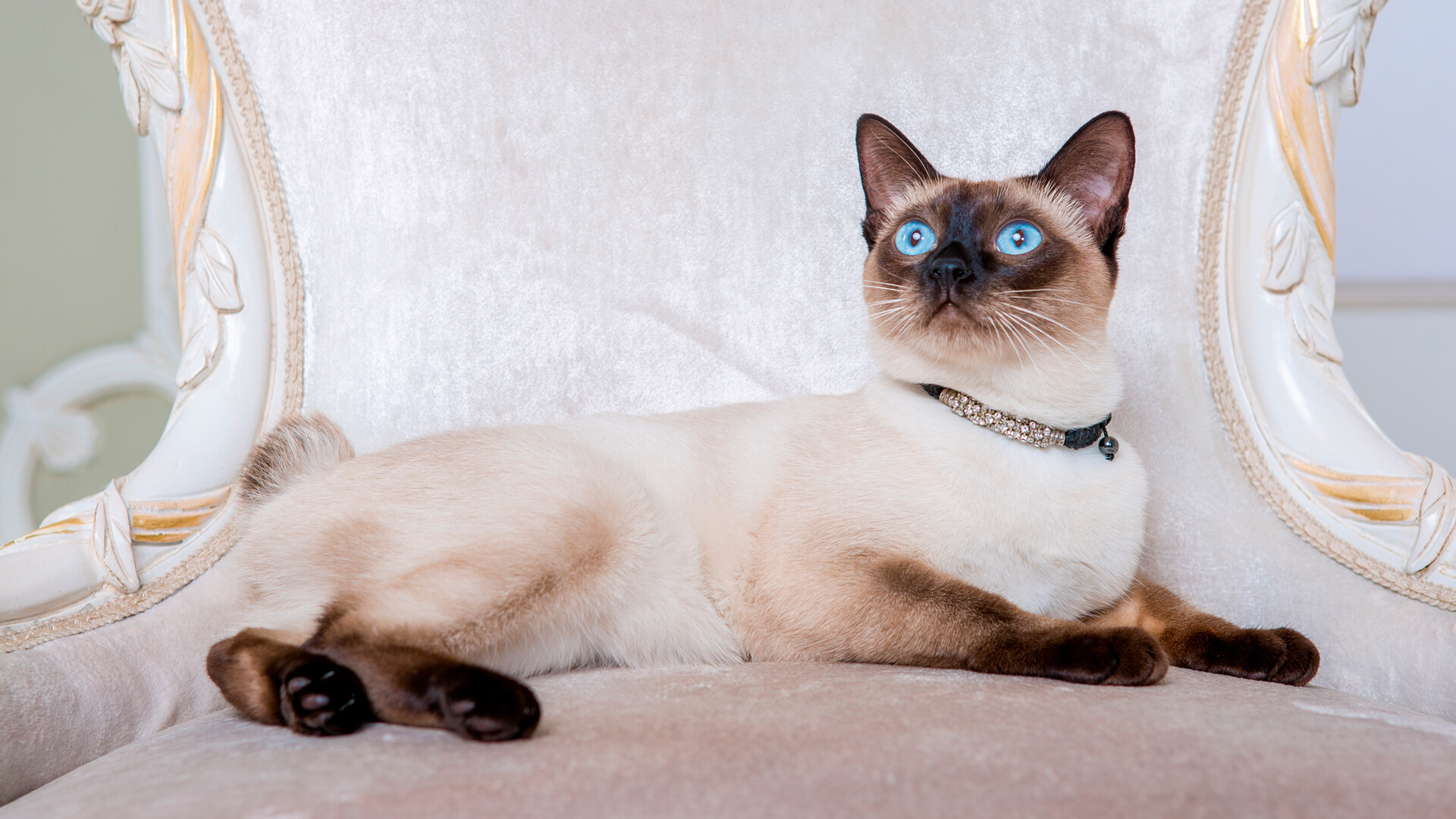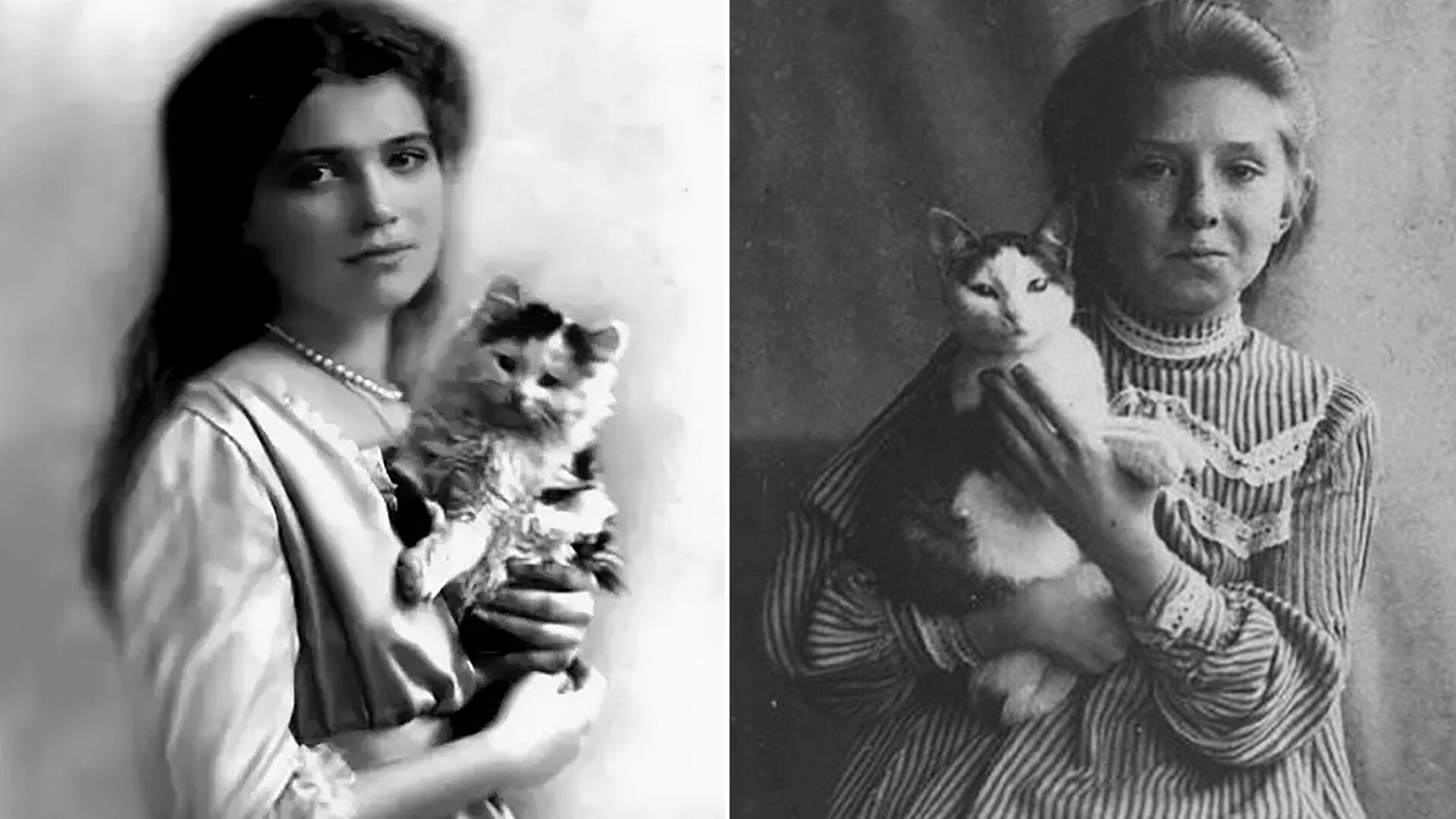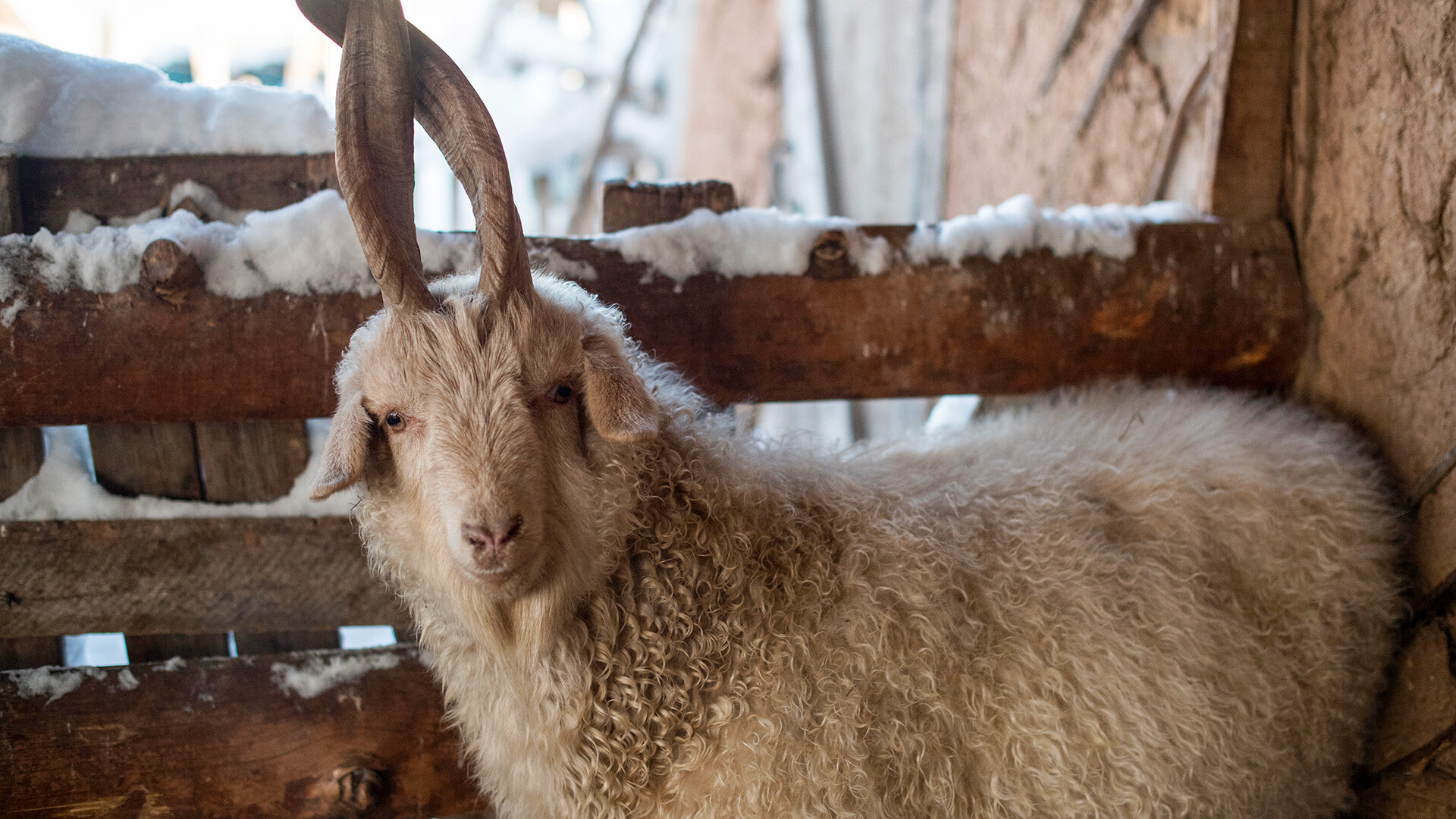
How Orloff fighting chickens conquered the world

The history of Orloff chickens is more than 200 years old. It dates back to Persian fighting bearded chickens brought to Russia from Iran. They were crossed with Russian Ushanka, Thuringian and Bruggian breeds. As a result, the new breed was named the Orloff breed, in honor of its creator Prince Alexei Grigorievich Orlov-Chesmensky, who is also famous for his trotters, pigeons and the fact that he was a favorite of Empress Catherine II.
At the end of the 19th century, the breed became popular in Western Europe, where it was simply called ‘Russian’. In the middle of the 20th century, due to the growth of industrial poultry farming, its popularity began to decline, but enthusiasts were able to restore the breed. So, what is so good about it?

A Russian proverb could be used to say about the Orloff calico breed: it takes a long time to harness, but it goes quickly. Compared to more modern breeds, Orloffs mature slowly. The chickens are born more delicate than broods of other breeds and they fledge late, which is why they can be susceptible to colds and infections. The hens also start laying late – at 8 months. And the formed breed characteristics of a particular bird can be judged no earlier than 2-3 years.
But, in adulthood, they are unusually beautiful and the frost and scorching heat is nothing to them because of the rich plumage and they are quite egg-bearing. Their meat, meanwhile, is lean and tastes like game, which breeders are very proud of and cultivate this property in every possible way.
And they also fully inherited the character of their Iranian ancestors: roosters of this breed do not tolerate competitors around them, so they were often used for fights. It is said that the hens are quite peaceful, but poultry breeders still advise to keep them in a separate pen.












